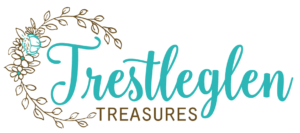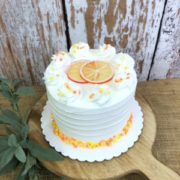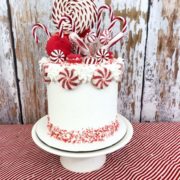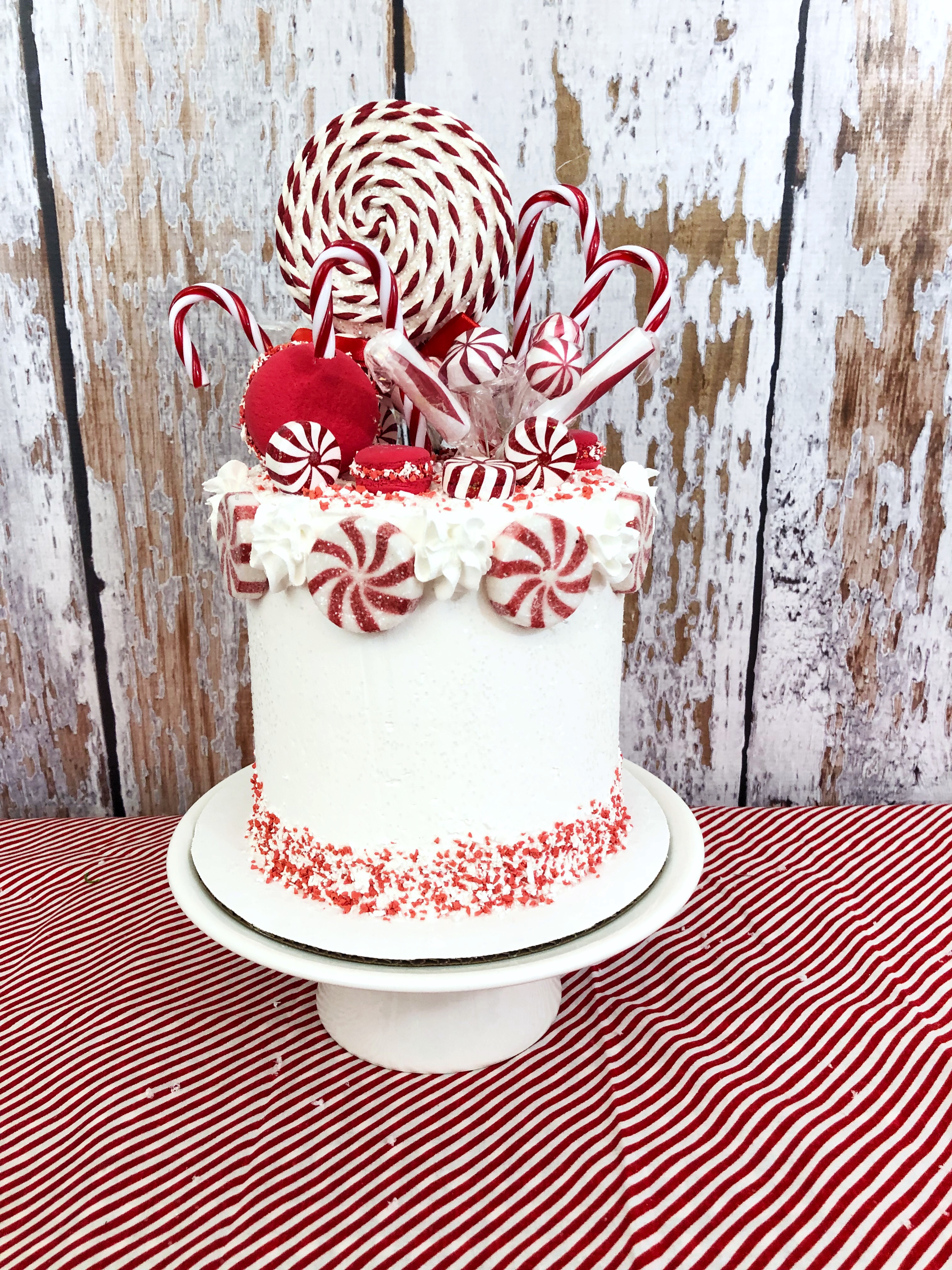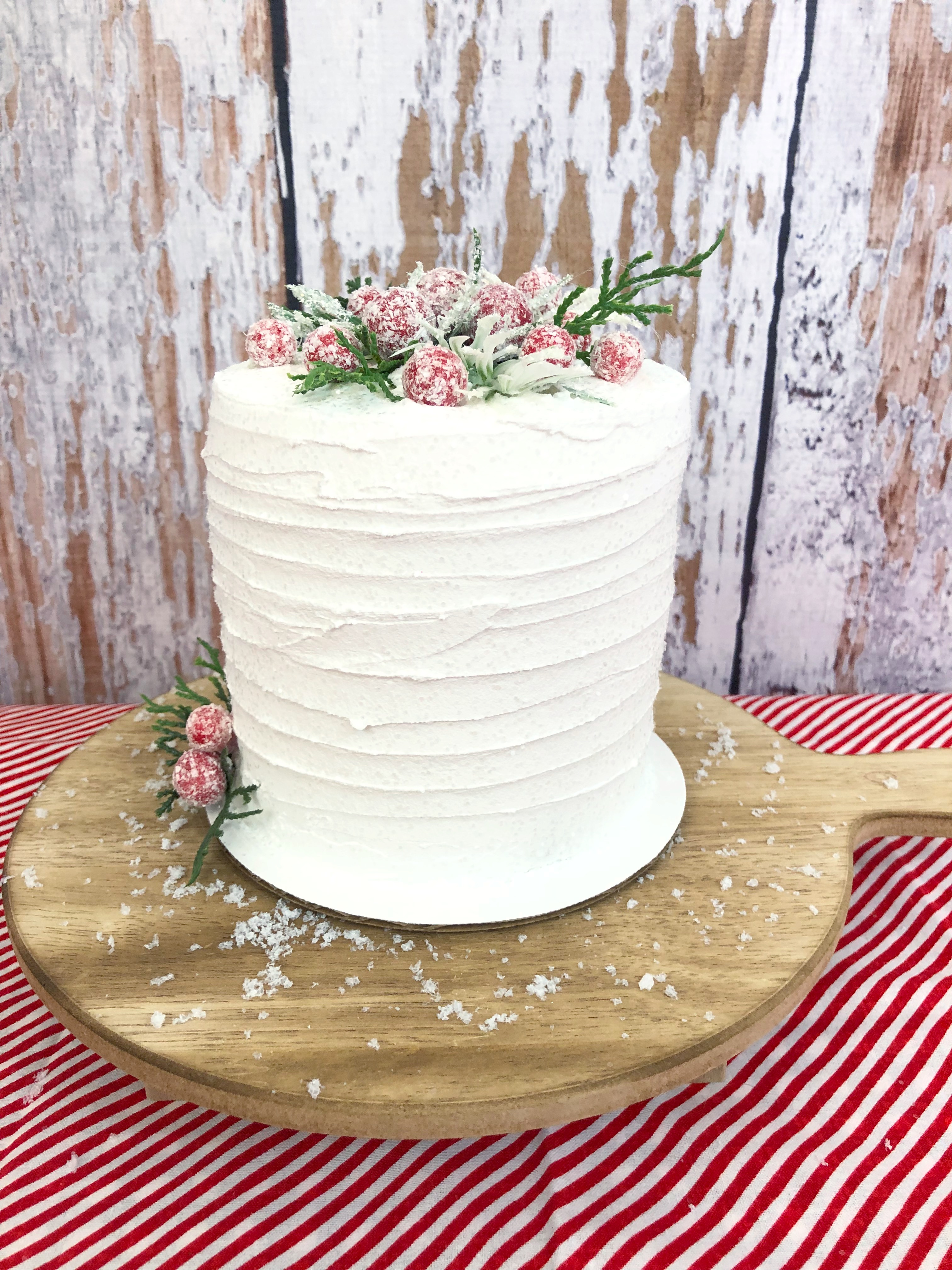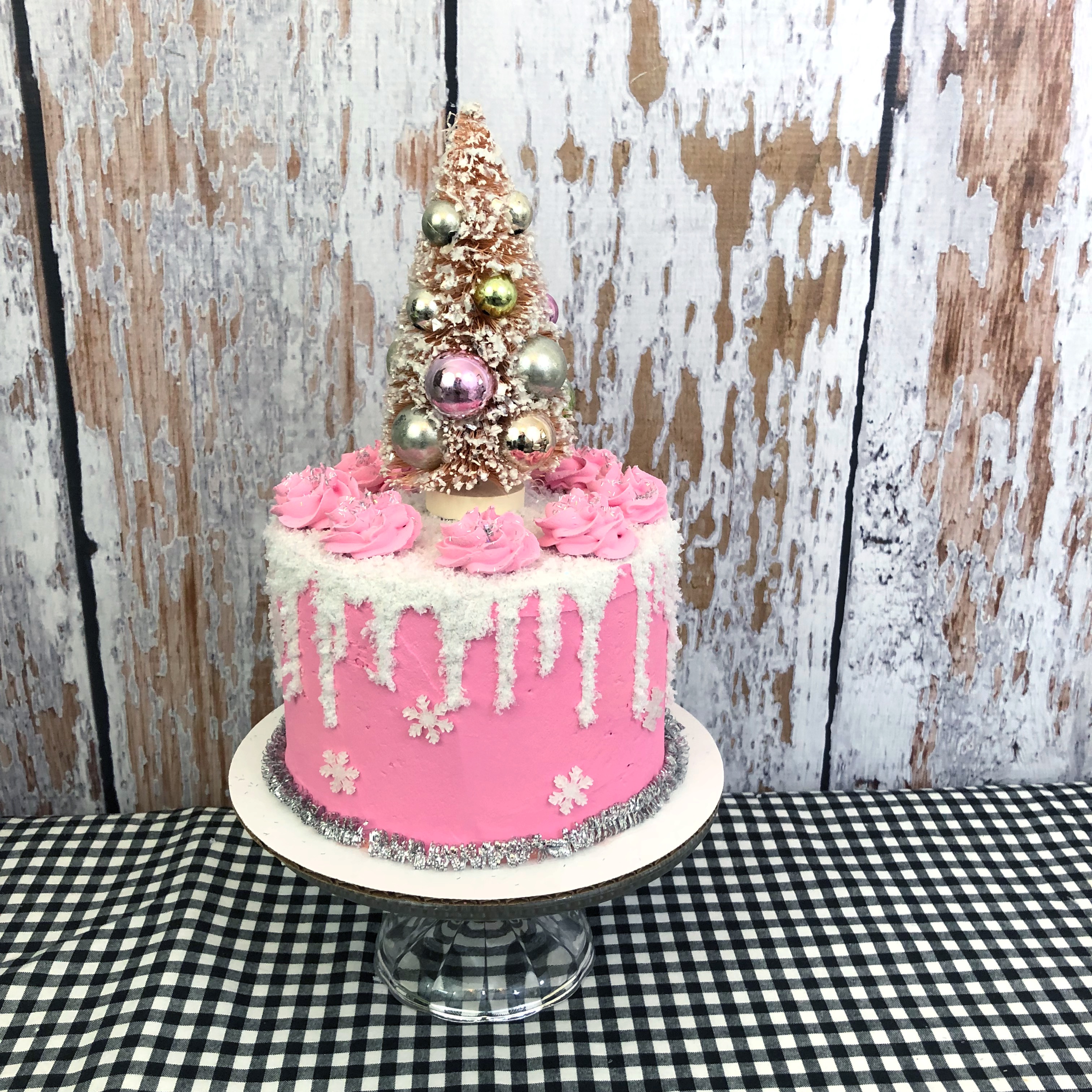Uses for Fake Foods
There are various reasons why someone might choose to buy fake foods. Here are a few scenarios in which people may purchase and use artificial or faux food items:
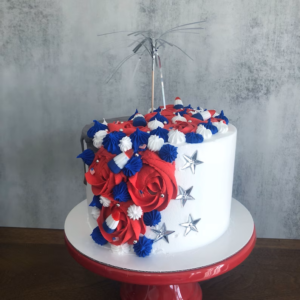
Display or decoration purposes:
Fake foods are commonly used for display purposes, such as in model homes, showrooms, or retail settings. They can create an appealing visual presentation without using real, perishable food.
Photography and film:
Fake foods are used in photography and film production because they can maintain their appearance over extended periods. This allows for consistent visuals during multiple takes or photoshoots. Artificial foods can be more durable and can withstand the heat of studio lighting without spoiling or melting.
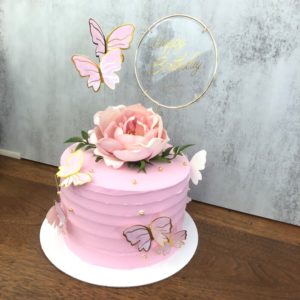
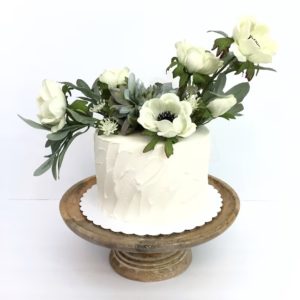
Advertising and marketing:
Fake foods are frequently used in advertising and marketing campaigns, particularly in the food industry. These artificial replicas are often more visually appealing and consistent than real food, thus ideal for capturing enticing product shots or creating attractive window displays in restaurants or food establishments.
Education and training:
Artificial foods are also used in educational settings, such as culinary schools or training programs. They allow students to practice food preparation techniques and presentations without wasting ingredients. Fake foods can be reused and provide a consistent learning experience.
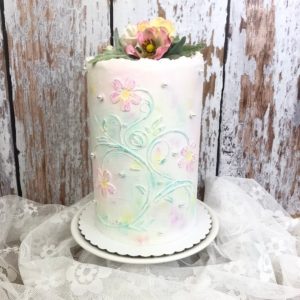
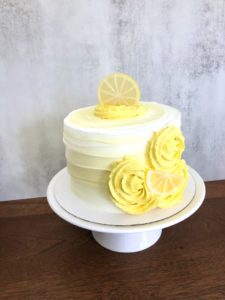
Allergies or dietary restrictions:
In some cases, individuals with specific food allergies or dietary restrictions may purchase fake foods to replicate the appearance of a dish they cannot consume. This allows them to enjoy the visual aspect of the food without compromising their health.
It’s worth noting that while artificial foods can be visually appealing and serve specific purposes, they are not intended for consumption as they are typically made from non-edible materials.
In joy,
Bernita
